Alagao Tree
- February 10, 2025
- 0 comment
The Alagao tree (Premna odorata) is a highly valued plant native to Southeast Asia, particularly in the Philippines, where it plays a significant role in traditional medicine and local ecosystems. Known for its distinctive heart-shaped leaves and aromatic properties, the Alagao tree thrives in tropical climates and can often be found in lowland forests and rural areas. For centuries, the leaves of the Alagao tree have been used by indigenous communities to treat various ailments, such as coughs, colds, and skin infections, making it an essential part of folk medicine. Beyond its medicinal uses, the Alagao tree contributes to biodiversity, providing shade and shelter for wildlife while helping to prevent soil erosion in forested areas.
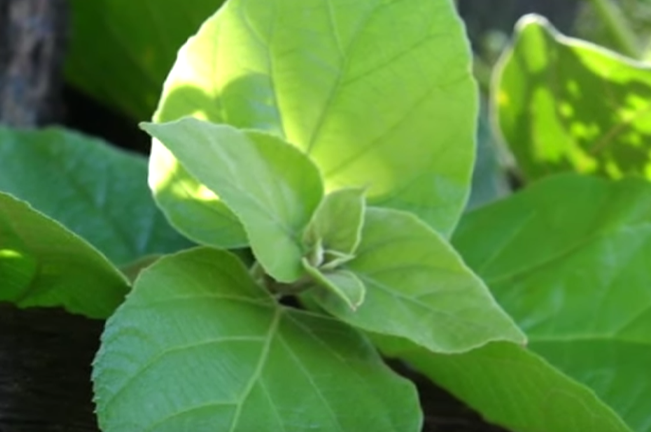
However, like many native species, the Alagao faces threats from deforestation and habitat loss, emphasizing the need for conservation efforts to protect this culturally and ecologically important tree. Through sustainable cultivation and greater awareness of its benefits, the Alagao tree continues to be a symbol of nature’s healing power and the importance of preserving indigenous knowledge.
| Specification | Details |
| Scientific Name | Premna odorata |
| Common Name | Alagao, Fragrant Premna |
| Family | Lamiaceae (Mint family) |
| Native Range | Southeast Asia, particularly the Philippines |
| Tree Height | 3 to 10 meters |
| Leaf Shape | Heart-shaped, broad, with serrated edges |
| Leaf Size | 10 to 20 centimeters in length |
| Flower Description | Small, white to pale-yellow flowers |
| Blooming Season | Typically blooms during the rainy season |
| Fruit | Small, round, dark-colored drupe |
| Bark Texture | Rough and brown |
| Growth Conditions | Thrives in tropical, humid environments |
| Soil Requirements | Well-drained, loamy to sandy soil |
| Sunlight Requirements | Prefers full sunlight, tolerates partial shade |
| Medicinal Uses | Treats coughs, colds, skin infections, and more |
| Conservation Status | Locally common, but threatened by deforestation |
| Ecological Role | Supports wildlife, prevents soil erosion |
Botanical Characteristics of the Alagao Tree
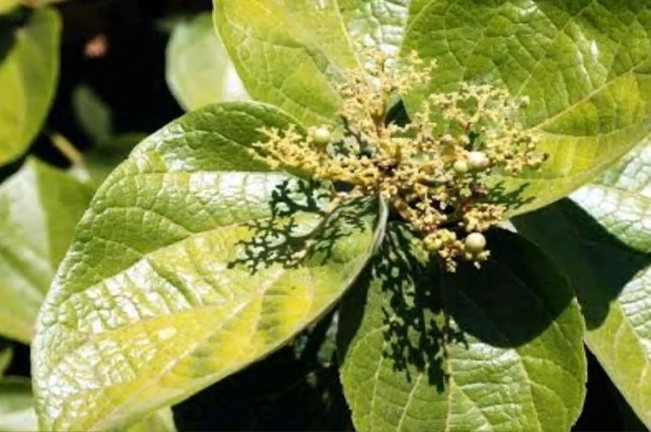
The Alagao tree can grow up to 3 to 10 meters in height, featuring heart-shaped leaves that are broad and serrated. Its leaves are a distinctive feature, known for their aromatic properties when crushed. The tree produces small, pale-yellow to white flowers that bloom during the rainy season, attracting pollinators to its branches. Its bark is rough and brown, and the tree bears small, round, dark-colored fruits. The Alagao thrives in well-drained soils, favoring loamy or sandy conditions, and is well-suited for tropical environments with full to partial sunlight. Its robust growth patterns make it an excellent species for forest restoration and ecological balance.
Traditional and Medicinal Uses of the Alagao Tree
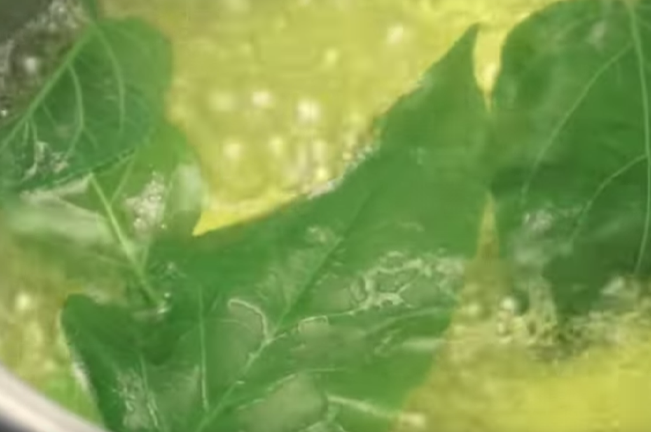
For centuries, the Alagao tree has been a cornerstone in traditional medicine, particularly in the Philippines. The leaves are often boiled or prepared as a poultice to treat common ailments such as coughs, colds, fevers, and skin infections. Its antibacterial and anti-inflammatory properties have made it an essential remedy in many rural areas where modern medicine is less accessible. Aside from its health benefits, the Alagao has cultural importance, symbolizing the healing power of nature and the enduring wisdom of indigenous communities. The leaves are also used as a natural insect repellent, further showcasing its versatility in traditional uses.
Ecological Role of the Alagao Tree in Forest Ecosystems
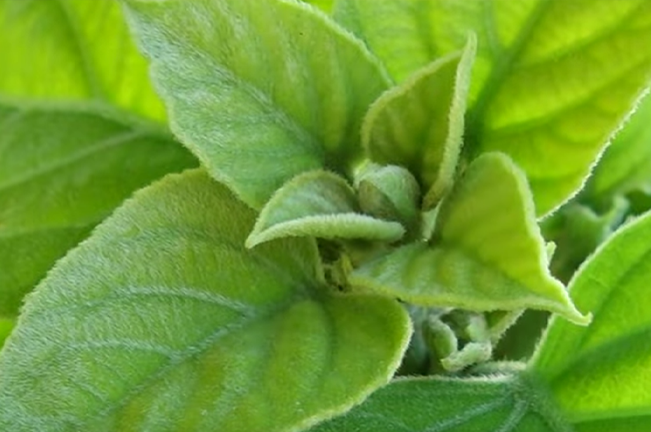
The Alagao tree plays a crucial ecological role in maintaining forest health and biodiversity. It serves as a habitat for various wildlife species, providing food and shelter through its leaves, flowers, and fruits. Its deep root system helps stabilize soil, preventing erosion and promoting nutrient cycling in the ecosystem. Additionally, the tree’s dense foliage provides shade and contributes to the microclimate of its environment, supporting other plant and animal species. The Alagao’s presence in forests aids in promoting ecological balance, and its ability to thrive in challenging conditions makes it an invaluable part of reforestation projects.
Conservation Status and Threats to the Alagao Tree
Despite its abundance in some areas, the Alagao tree faces growing threats due to deforestation, habitat loss, and the effects of climate change. While it is not currently classified as endangered, the loss of its natural habitat poses a risk to its long-term survival. Forests where the Alagao thrives are being cleared for agriculture, urban development, and logging, leading to a decline in the tree’s population in some regions. Conservation efforts are being spearheaded by local and international organizations to protect the species, emphasizing the need for sustainable forest management practices to ensure the survival of this ecologically and culturally important tree.
Sustainable Cultivation and Conservation Strategies
Sustainable cultivation practices are essential for ensuring the future of the Alagao tree. Best practices for its cultivation include selecting well-drained soils, maintaining proper spacing between trees to promote healthy growth, and avoiding the overharvesting of its leaves and bark. Community-based reforestation projects, particularly in rural areas, have begun to integrate the Alagao into their initiatives, recognizing its role in promoting biodiversity and supporting local economies. Traditional knowledge also plays a key role in conservation efforts, as indigenous practices have long respected the balance between using the Alagao for its medicinal benefits and ensuring the tree’s long-term survival.
Future Prospects
The Alagao tree holds great potential for future applications, particularly in the fields of herbal medicine and natural cosmetics. Continued research into its medicinal properties could lead to new, plant-based remedies that align with global trends toward sustainable healthcare. Preserving the Alagao tree is also essential for maintaining ecological health, as its role in biodiversity, soil stabilization, and habitat support cannot be overstated. Efforts to conserve the Alagao align with broader environmental goals of promoting sustainable forestry, protecting natural resources, and preserving the cultural heritage associated with traditional medicine and indigenous knowledge.
Different Species
Premna serratifolia
Also known as “Headache Tree” or “Poon” in some regions, this species is found across Southeast Asia, India, and the Pacific islands. It is commonly used in traditional medicine, similar to Premna odorata.
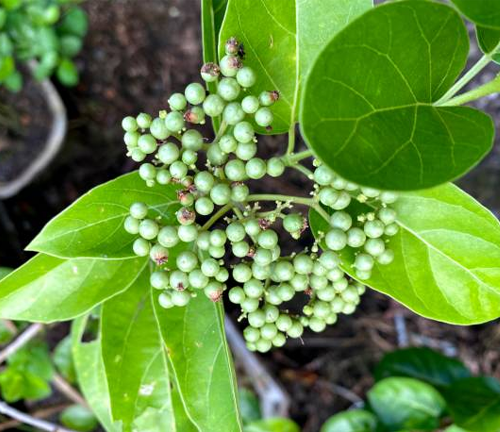
Premna integrifolia
This species is commonly found in coastal areas and is known for its medicinal properties. It’s often used for treating fever, colds, and gastrointestinal issues in traditional medicine.
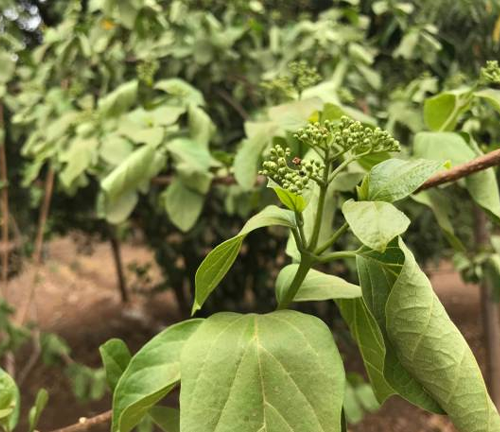
Premna corymbosa
Another species of Premna, this tree is distributed across Southeast Asia and is used in folk medicine. Its leaves are often employed to treat fever and respiratory issues.
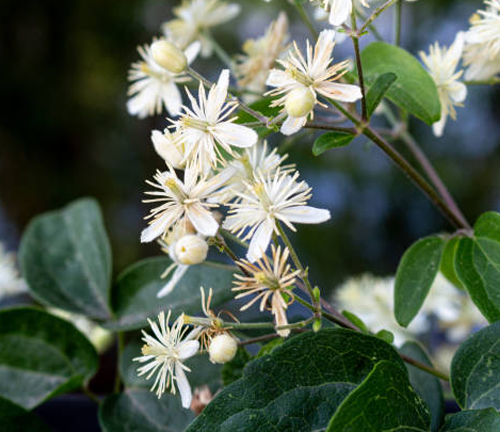
Premna obtusifolia
This species is also found in coastal areas and is known for its tolerance to salty environments. It is used in traditional medicine, particularly for treating headaches and colds.
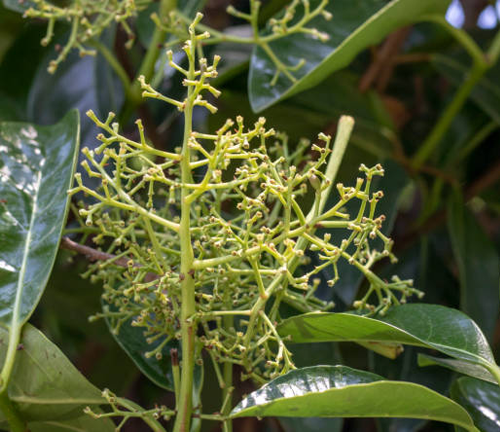
Frequently Asked Questions (FAQs)
- What is the Alagao tree?
The Alagao tree (Premna odorata) is a small to medium-sized tree native to Southeast Asia, particularly the Philippines, known for its medicinal properties and ecological significance. - Where is the Alagao tree found?
It is primarily found in tropical regions of Southeast Asia, growing in lowland forests and rural areas with well-drained soil. - What are the medicinal uses of the Alagao tree?
The Alagao tree has been used in traditional medicine for centuries to treat coughs, colds, fevers, skin infections, and as a natural insect repellent. - How can you identify the Alagao tree?
The Alagao tree is identified by its heart-shaped, aromatic leaves with serrated edges, small pale-yellow or white flowers, and small dark fruits. The tree can grow between 3 to 10 meters in height. - What are the ecological benefits of the Alagao tree?
The Alagao tree supports biodiversity by providing habitat and food for wildlife. It also helps stabilize soil and prevent erosion, playing an important role in forest ecosystems. - Is the Alagao tree endangered?
While the Alagao tree is not currently classified as endangered, it faces threats from deforestation, habitat loss, and climate change, which could impact its population in the future. - How is the Alagao tree cultivated sustainably?
Sustainable cultivation of the Alagao tree involves growing it in well-drained soils, ensuring proper spacing, and preventing overharvesting. Community reforestation projects are incorporating the tree to promote conservation. - What is the cultural significance of the Alagao tree?
The Alagao tree holds cultural significance in the Philippines, particularly in traditional medicine, where its leaves are used in folk remedies for various ailments. It also symbolizes the healing power of nature. - Can the Alagao tree be used in modern herbal medicine?
Yes, the Alagao tree has potential applications in modern herbal medicine, particularly for respiratory and skin conditions. Continued research may unlock more of its medicinal benefits. - What are the threats to the Alagao tree?
The primary threats to the Alagao tree are deforestation, habitat destruction, and climate change. These factors could diminish its population and ecological role in forests. - How does the Alagao tree contribute to biodiversity?
The Alagao tree provides shelter and food for various wildlife species, supporting overall biodiversity in its habitat. Its dense foliage and root system also contribute to the health of surrounding plant and animal life. - Are there any conservation efforts for the Alagao tree?
Yes, local and international organizations are working on conservation efforts, including community reforestation and sustainable forestry practices, to protect the Alagao tree from habitat loss and other threats. - Can the Alagao tree be grown in home gardens?
Yes, the Alagao tree can be grown in home gardens, especially in tropical regions. It prefers well-drained soil and plenty of sunlight, making it a good choice for ornamental and medicinal uses. - What are some traditional remedies using Alagao leaves?
Alagao leaves are often boiled to make a medicinal tea for treating coughs and colds or applied as a poultice to relieve skin infections and inflammation. - How does the Alagao tree help prevent soil erosion?
The tree’s root system helps bind the soil together, preventing erosion, especially on sloped or degraded lands. This makes it a valuable species for reforestation and ecological restoration projects.


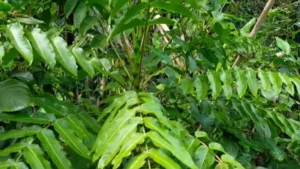
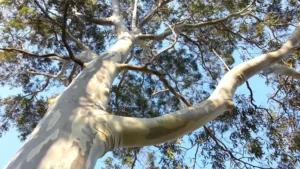
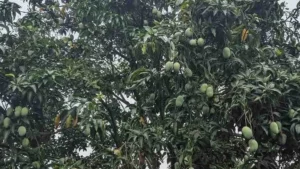

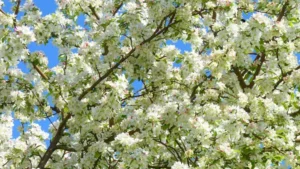
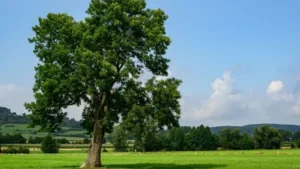
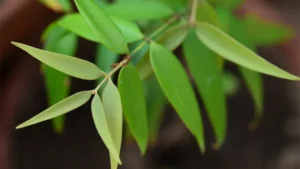
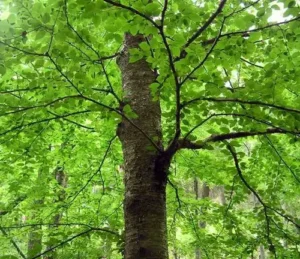

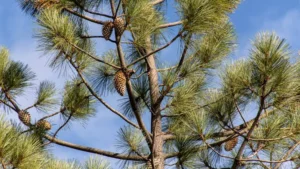
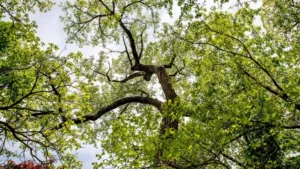
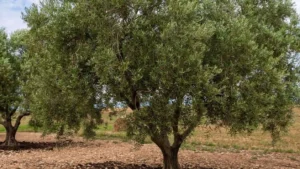
Leave your comment